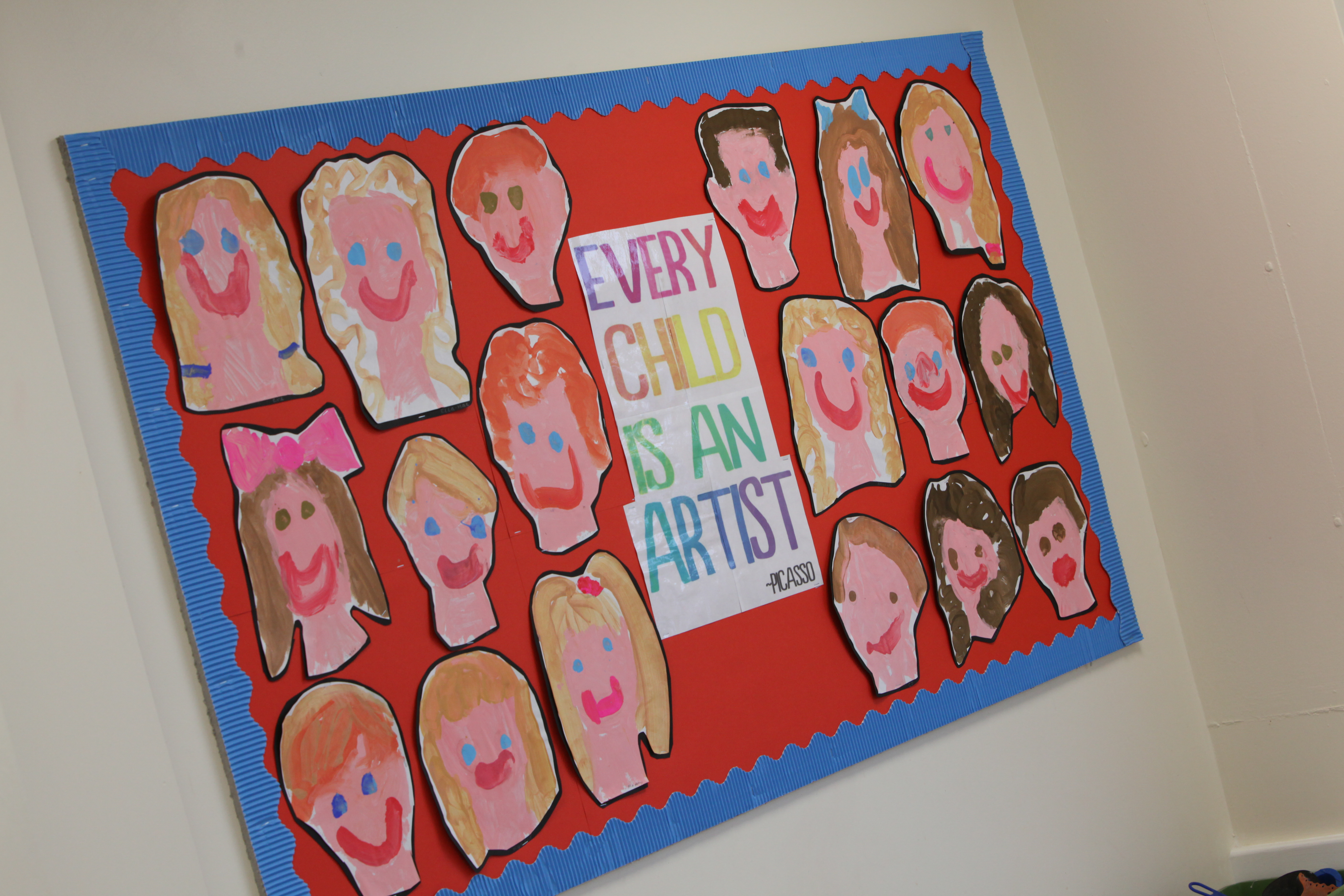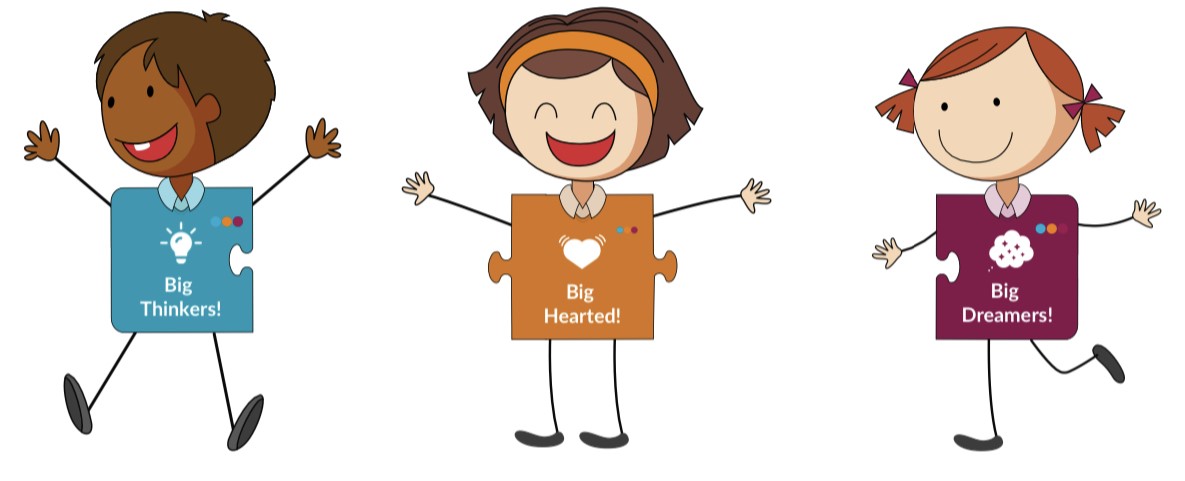
Each class has an ambassador for every subject. One of these ambassadors is chosen to be the CHPA representative. These pupils are
passionate about the subject they represent, they enjoy learning about their chosen subject and are inspirational in leading and
empowering other pupils to feel the same way.
Our Pupil Subject Ambassadors for Art (2025-26) are –
Y1 – Matilda
Y2 – Marley
Y3 – Cole
Y4 – Payton
Y5 – Dolly
Y6 – Audra
Audra is the CHPA Art Representative. She said the following about Art, ‘I love art because I can be creative with colour. I love painting and using different tints and shades.’
Art Intent, Implementation & Impact
Intent
At CHPA we want our pupils to have high aspirations, develop knowledge and understanding of the world and our unique locality, and also engage their interests and curiosity. Because of this, we value Art and Design as an important part of the pupil’s entitlement to a broad and balanced curriculum. Art and Design provides our pupils with opportunities to develop and extend skills as well as express their individual interests, thoughts and ideas. It enables them to communicate what they see, feel and think, through the use of colour, texture, form, pattern and different materials and processes. A high-quality Art and Design education should engage, inspire and challenge pupils, equipping them with the knowledge and skills to experiment, invent and create their own works of art, craft and design. As pupils progress, they should be able to think critically and develop a more rigorous understanding of Art and Design. Pupils also learn about a range of famous artists, describing the differences and similarities between different practices and make links to their work. This can be seen by the way we choose a range of art activities to match the topics we are looking to teach each term.
Implementation
The teaching and implementation of the Art and Design curriculum at CHPA is done through the use of themes, that link to the National Curriculum. The development and progression of key art skills is the focus of each project.
EYFS pupils are given opportunities to explore colour, texture, shape, pattern and they are also encouraged to develop their own creative ideas through play. In Key Stage 1 and 2, pupils are encouraged to expand their creativity using a variety of media and techniques.
All key phases study using a range of media and textiles. We provide all our pupils with a deeper knowledge of the lives of significant and diverse artists, by giving them opportunity to study them and make links to their own work. Collaborative learning strategies are used to promote high levels of pupil engagement. Regular flashbacks are used at the start of each lesson and throughout topics to strengthen recall. Pupils are supported in class, first and foremost through quality first teaching. After this, adaptive teaching is used to support the less able and those with difficulties, ensuring all pupils have access to the same lesson as their peers.
Art and Design is also displayed around school such as in classrooms, corridors and the hall to motivate, inspire others and celebrate the pupil’s creativity. We also record evidence through Tapestry in EYFS, photographs in year group learning journeys and pupil’s sketchbooks.
Impact
Art and Design will show an impact from the evidence in our pupil’s sketchbooks, our displays and the pupil’s own opinions of their learning (pupil voice). Pupils will have developed skills to enable them to become confident to evaluate their own learning and speak confidently to others about their own work.
Ongoing assessments take place throughout the year through the use of tracker and data analysis documents. This data is analysed on a termly basis to inform and address any trends or gaps in attainment. Class teachers and the Subject Leader are able note gaps in learning and then create opportunities for recap and catch up. Teachers use this information to inform future lessons; ensuring pupils are supported and challenged appropriately.
Pupils in EYFS are assessed within Expressive Arts and Design and their progress is tracked half-termly by teachers. Age related expectation levels are reported to parents at the end of EYFS.
“Every child is an artist.”
Pablo Picasso
Art Curriculum Information
Art Progression of Knowledge & Skills
